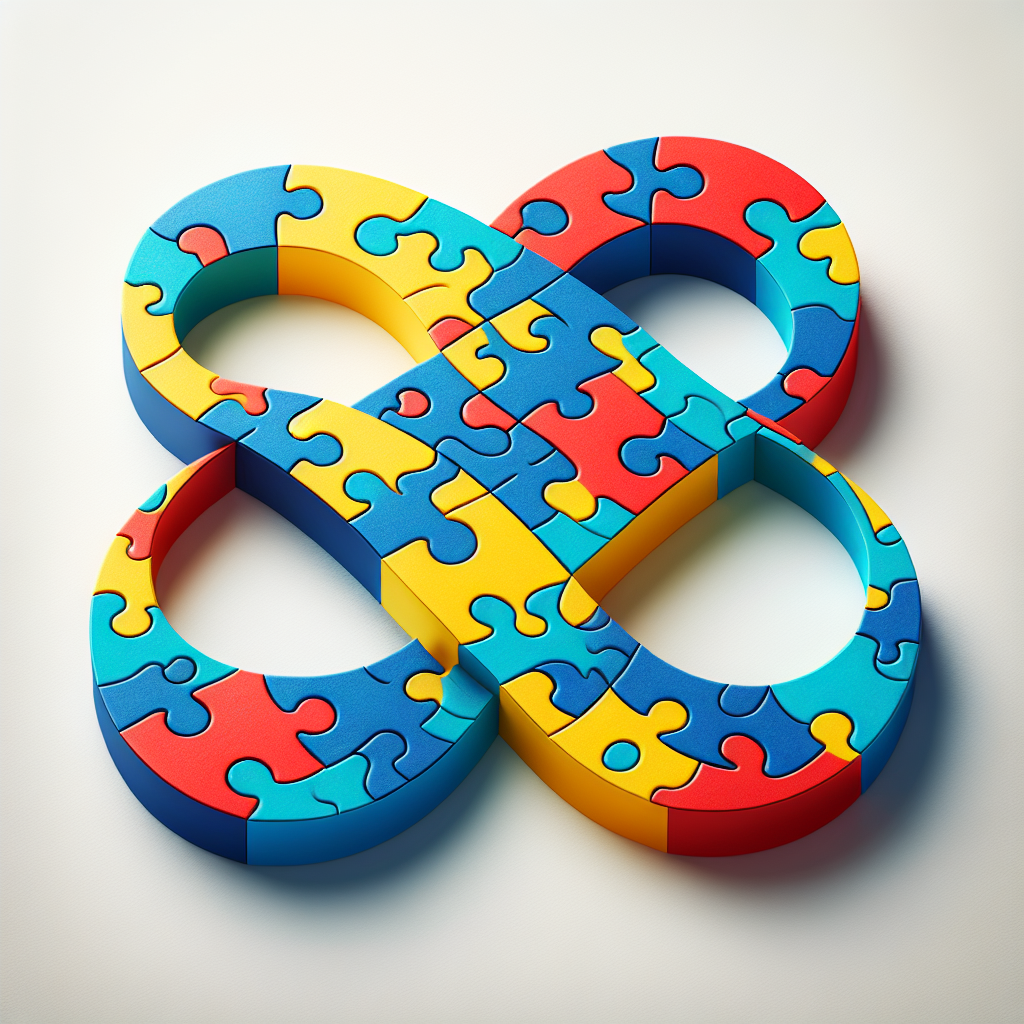Revolutionizing Autism Understanding & Post-Surgery Care Through Innovation
Researchers have identified four autism subtypes, shedding light on its genetic underpinnings and presenting opportunities for improved care. Concurrently, a study suggests wearables could enhance postoperative monitoring in children, with modified algorithms effectively flagging complications. These developments represent significant strides in understanding and advancing healthcare solutions.

In a groundbreaking study published in Nature Genetics, researchers have identified four distinct subtypes of autism. This discovery promises to deepen the understanding of autism's genetic origins and improve patient care. The subtypes include Behavioral Challenges, Mixed Autism Spectrum Disorder with Developmental Delay, Moderate Challenges, and Broadly Affected, each showing unique traits and genetic variations.
The study analyzed over 5,000 autistic children and 2,000 nonautistic siblings, examining around 240 traits per individual. It highlights that while the subtypes share some traits, such as developmental delays, different genetic mechanisms are at play. Researchers discovered that genetic disruptions and their effects on brain development vary, suggesting some autism impacts might occur prenatally and others later in development.
Meanwhile, new research at the Ann & Robert H. Lurie Children's Hospital of Chicago proposes the use of wearables to improve post-surgery care for children. By adapting Fitbit algorithms, the study achieved a 91% accuracy rate in early complication detection, envisioning a future where real-time data alerts could revolutionize postoperative monitoring and outcomes.
(With inputs from agencies.)
ALSO READ
Rethinking Screen Time: Navigating Children's Digital Interaction
India Rebukes Pakistan Over Children's Rights and Terrorism Allegations
Haryana Empowers Future Generations with Scholarship Plan for Martyrs' Children
Delhi Police Successfully Recover Missing Children
Dancing Through Adversity: The Resilient Spirit of Kakuma's Refugee Children










